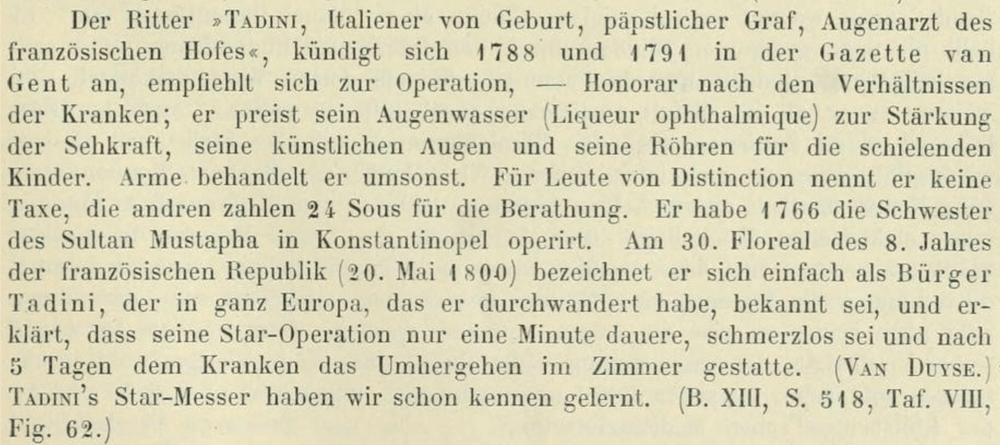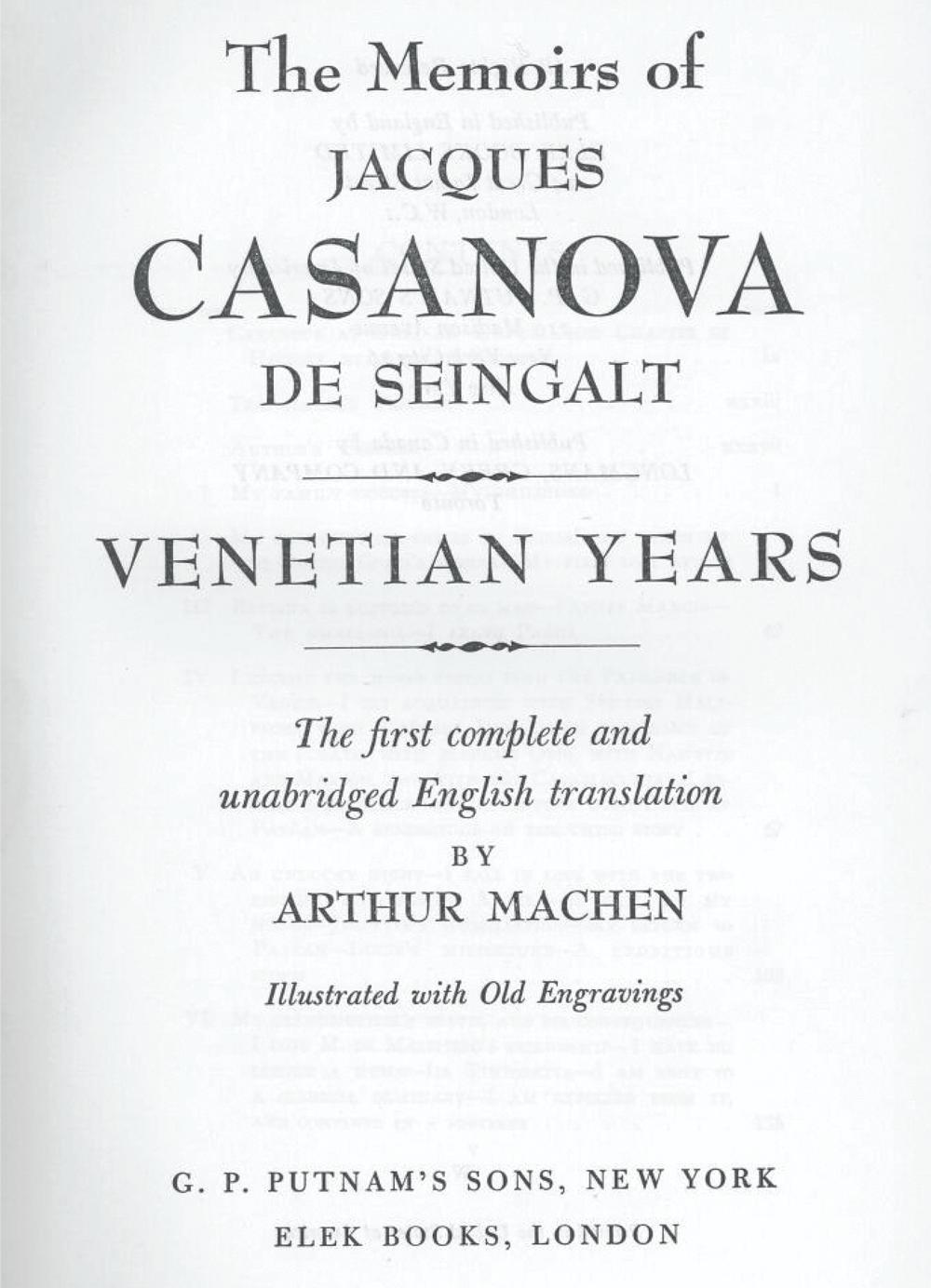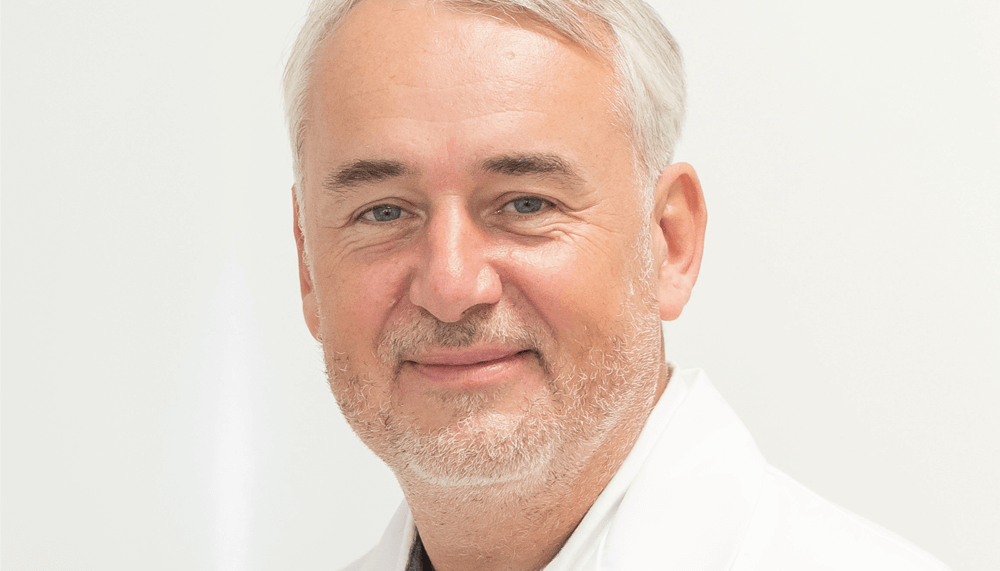
The first, although unsuccessful, attempt to insert an intraocular implant after cataract removal was reported in Leipzig in 1795, when Johan Virgilius Casaamata inserted a glass lens into a patient’s eye. This was reported by a Swiss surgeon Rudolph Schiferli in his dissertation “On Cataract” in the following words: “It is known that through [cataract] operation the vision is not restored as it was before, because of experiencing the loss of the lens. Casaamata has made an attempt to bring through the round of the cornea a distant lens. He claimed, however, that this glass lens could not serve as the patient’s natural lens, since it fell on the bottom of the eye. But there is another solution of attaining the loss of the lens, and this is the most common: glasses.”
Who was Casaamata and how did he get the idea?
Casaamata was born in 1741 in Quero, Venecia, and was the oculist at the Royal Court of Dresden. Augustus II The Strong, as well as his successor Frederick Augustus II were kings of Poland, who helped Dresden, located in Saxony, become one of the most pompous capitals in Europe.
Interestingly, we can find a description of the idea in Giacomo Casanova’s memoires. Casanova was an Italian writer and adventurer from the Republic of Venice. His autobiography, Histoire de ma vie (Story of My Life), is regarded as one of the most authentic sources of the customs and norms of European social life during the 18th century. It contains an account of the first-known idea of intraocular lens implantation from an oculist named Felice Tadini. During their meeting, which took place in Warsaw in 1766, Tadini presented a box containing highly polished tiny crystal lenses, which he claimed he could insert under the cornea to replace the eye’s natural lens.
Tadini was an Italian itinerant ophthalmologist living in the second half of the 18th century who performed eye operations in many places throughout Europe, documented by his advertisements in newspapers of the day (see Figure 1).

Casaamata’s attempt to implant an artificial lens could have been based on Tadini’s idea. It is certain that they did not know each other, albeit Casanova could have been the connection between them. It is not possible that Casaamata read Casanova’s memoirs, as they were published 20 years after his death, but there is another possible solution of this puzzle. The mother of Casanova, Gianetta Casanova, moved to Dresden in 1735, where she was a court actress and received a life pension, while Casanova’s younger brother, Giambattista, became the director of the Academy of Fine Arts in Dresden. Thus, Casanova visited his family in Dresden many times, and a meeting with the Court Eye Doctor could have occurred.
Andrzej Grzybowski is a Professor of Ophthalmology and Chair of Department of Ophthalmology, University of Warmia and Mazury, Olsztyn, Poland, and Head of Institute for Research in Ophthalmology, Foundation for Ophthalmology Development, Poznań, Poland.
He is also an expert in the history of ophthalmology, with over 100 peer-reviewed articles published in this area. He is a member of AAO Museum of Vision’s Program Committee, curator of ESCRS Archive, founder of history section at EVER. He is the president of the Polish Society for History and Philosophy of Medicine; Editor-in-Chief of Archives of History and Philosophy of Medicine, and Historia Ophthalmologica Internationalis, the only journal devoted solely to the history of ophthalmology.

References
- G Casanova, Histoire de Ma Vie. 1967.
- A Symons, The complete memoirs of jacques casanova de seingalt, 1725-1798. The Memoires of Casanova, Complete, The Rare Unabridged London Edition of 1894, Plus an Unpublished Chapter of History, Volume 12. Project Gutenberg.
- PU Fechner, MU Fechner, “Tadini, the man who invented the artificial lens,” J Am Intraocul Implant Soc, 5, 22 (1979).
- J Hirschberg, Geschichte Der Augenheilkunde: Die Augenheilkunde in Der Neuzeit, Buch 23, 321. Springer: 1899.
- RA Schiferli, Theoretisch Praktische Abhandlung über Grauen Starr, 79. Jena: 1797.
- W Münchow, “Zur Geschichte der intraokularen Korrektur der Aphakie,” Klin Monatsbl Augenheilkd, 145, 771 (1964).
- A Grzybowski, P Kanclerz, “The first idea of IOL implantation,” Acta Ophthalmol, 97, e142 (2019).
